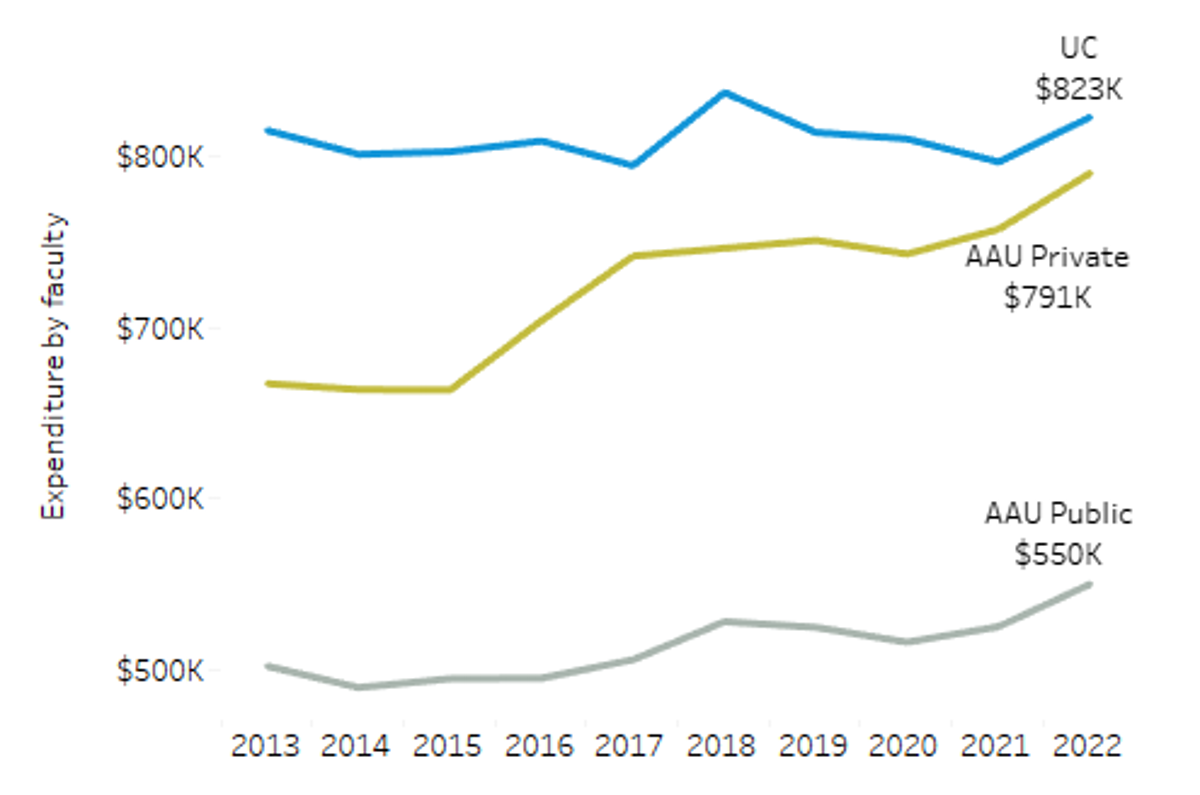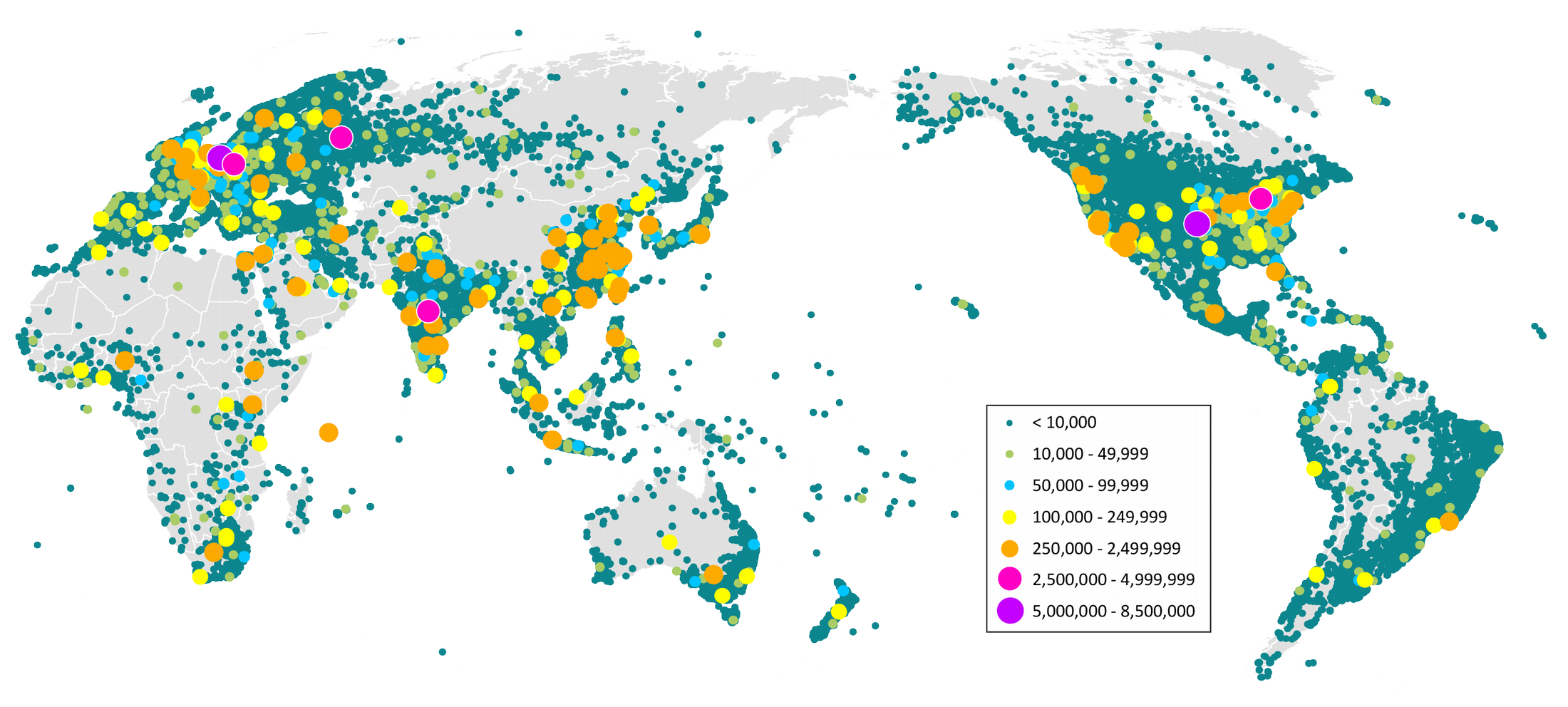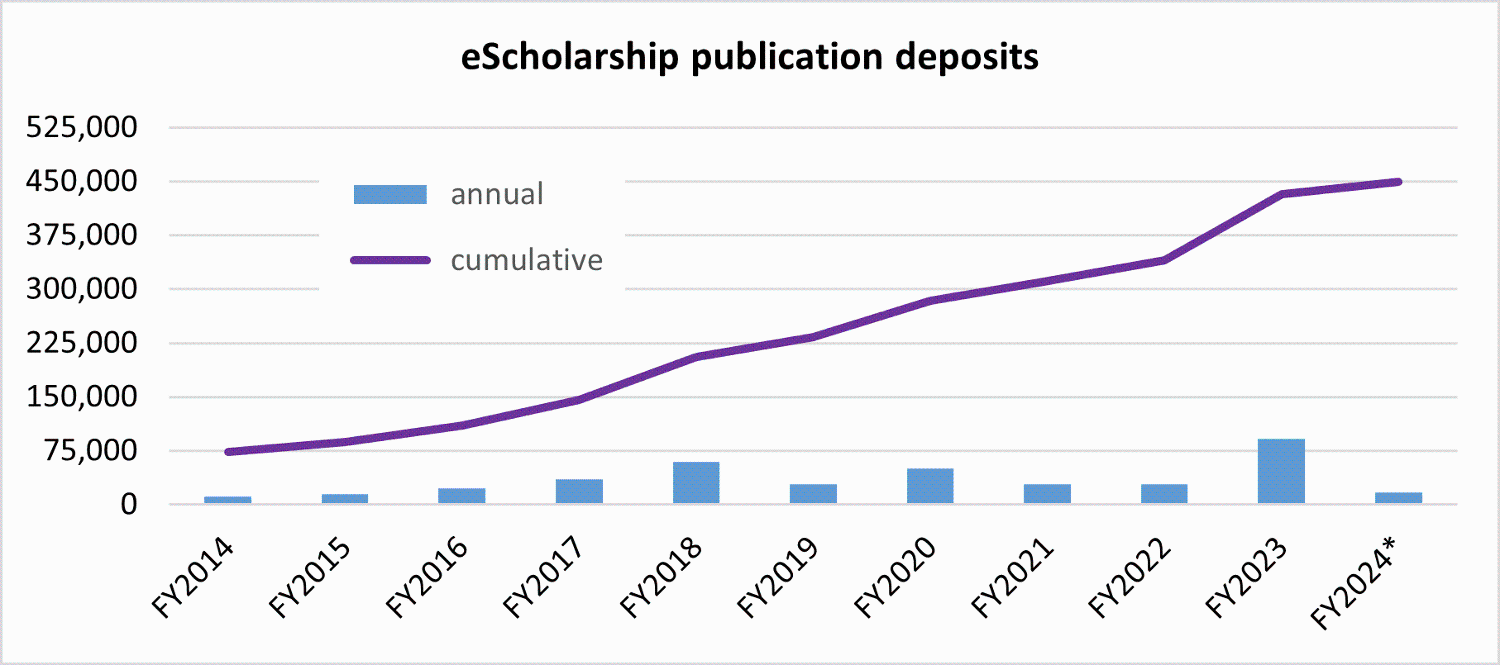Federal funds support more than half of the research conducted at UC.
9.1.1 Total research expenditures by fund source, Universitywide, 2011 to 2022
![]()
The broad scope of UC research
The California Master Plan for Higher Education designates the University of California as the primary State-supported academic agency for research. UC research contributes to the state and to the nation through discoveries that improve health, technology, welfare, and the quality of life. Research represents the creation of new knowledge, which can be communicated, curated, and cultivated to benefit society.
This chapter presents a largely quantitative description of UC’s research. These measures, however, do not capture the wide range of curiosity-driven research at UC. Quantitative measures emphasize fields that receive sizable funding and produce large numbers of publications, such as medicine, physical and material sciences, and engineering. These measures underrepresent research achievements in the arts, humanities, social sciences, and theoretical sciences, where work leaves less of a financial footprint, and where results are often disseminated in books or performances rather than in journal articles.
Quantitative measures cannot fully capture the multi-faceted ways by which UC research contributes indirectly and over time to the state, the nation, and the world. UC research advances knowledge in ways that directly improve health, technology, and the quality of life. It enables UC graduate and undergraduate students to participate in research and to receive instruction from the world’s foremost researchers, thus enhancing their learning experiences. It makes cutting-edge discoveries readily available to the healthcare, agricultural extension, and other vital public services that UC provides, greatly enhancing their value to the people of California. It creates thoughtful work in the arts and humanities that furthers understanding of our rich diversity and of our place in the world.
UC Natural Reserve System — science promoting environmental stewardship
The UC Natural Reserve System (NRS) manages a network of protected natural areas throughout California, representing most of California’s major habitat types, including coastal tide pools, inland deserts, lush wetlands, and redwood forests. Its 41 sites include more than 47,000 acres, making it the largest university-administered reserve system in the world. These lands provide undisturbed environments to conduct research, enhance student educational experiences, and provide sites for public service programs.
Federal funds support more than half of the research conducted at UC.
9.1.1 Total research expenditures by fund source, Universitywide, 2011 to 2022
![]()
Salaries and benefits represent close to half of all research expenditures.
9.1.2 Total research expenditures by cost type, Universitywide, 2011 to 2022
![]()
Life sciences represent sixty-five percent of research expenditures.
9.1.3 Total research expenditures by discipline, Universitywide, 2011 to 2022
![]()
Research expenditure comparisons dashboard
UC currently accounts for eight percent of direct research expenditures among institutions that participate in the Higher Education Research Expenditure survey.
9.1.4 Direct research expenditures, US four-year universities, 2011 to 2022
![]()
Research expenditure comparisons dashboard
Average research expenditures per tenured/tenure track faculty are higher at UC than its AAU public peers.
9.1.5 Average direct research expenditures per tenured/tenure track faculty, UC and AAU comparison universities, 2013 to 2022
![]()
Research expenditure comparisons dashboard

UC Natural Reserve System has hosted 4,340 researchers and 1,265 faculty to conduct research in 47,000 acres of protected California habitat since 2016.
9.1.6a UC Natural Reserve System use data
![]()
UC’s Natural Reserve System use data dashboard
Source: UC Information Center
The UC Natural Reserve System use data dashboard provides additional detail by campus.
UC’s Open Access policies have resulted in a growing body of freely available research publications in eScholarship. UC’s open-access repository and publishing platform is expanding the global reach of UC’s research findings.
9.2.1 eScholarship views and downloads of UC scholarly materials, Universitywide, through April 2024

Source: California Digital Library
This map shows the geographic distribution and concentration of views for scholarly materials in eScholarship, UC’s open access (OA) publishing platform and institutional repository managed by the California Digital Library. eScholarship contains over 466,000 individual items, including research articles, working papers, and electronic theses and dissertations, as well as over 90 open access journals that are published on the platform. Since 2002, UC-sponsored research and journals in eScholarship have been viewed and/or downloaded over 138 million times by readers around the world.

Source: California Digital Library
*partial year data
UC’s technology commercialization program takes inventions from the laboratory to the marketplace, benefiting the public by building alliances with industry to create innovative products for the world and to generate new businesses and jobs for California.
9.2.2 Licenses, research/invention disclosures, and patent protection
![]()
UC inventions at a glance dashboard
UC research often leads directly to new patentable inventions and other innovations; bringing them to the marketplace is part of the UC public service mission. UC inventions take two paths to the marketplace: they may be licensed to an existing company or they may become the cornerstone of a new startup company.
Invention commercialization promotes technological advances, generates economic benefits, and helps support UC’s research enterprise. UC’s patents are commercialized under utility licenses and plant licenses.
Utility licenses cover inventions protected by utility patents, such as processes, machines, manufactured items, or compositions of matter, and are often issued exclusively to a single licensee. Plant licenses cover plant cultivars and are often licensed non-exclusively to nurseries and distribution centers.
UCOP Research & Innovation (website)
UC Natural Reserve System (website)
California Digital Library: eScholarship (website)
Map of the economic impact of UC research activity in California (pdf)
UC inventions at a glance dashboard
Awards and proposals dashboard
The complete UC Information Center Research subject area
Download data tables for chapter 9 indicators (Excel format)